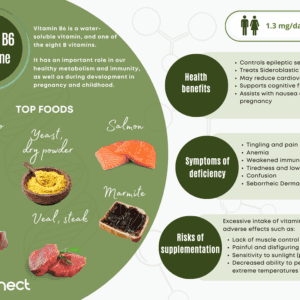Introduction to Cellular Rejuvenation
The quest for eternal youth has been a longstanding human aspiration, with scientists continually seeking innovative methods to reverse or halt the cellular aging process. Recent advancements in siRNA therapeutics have sparked significant interest in the scientific community, as they offer a promising approach to cellular rejuvenation. As a researcher in this field, I have witnessed firsthand the potential of gene silencing technology to revolutionize our understanding of cellular health.
The Science Behind Gene Silencing
Gene silencing is a natural process by which cells regulate gene expression, effectively “switching off” specific genes to prevent their expression. This mechanism can be hijacked using small interfering RNA (siRNA) molecules, which are designed to target and silence disease-causing genes. By leveraging this technology, scientists can potentially restore cellular homeostasis and promote healthier cellular states. To illustrate this concept, consider a conductor leading an orchestra: just as the conductor carefully selects which instruments to feature, siRNA therapeutics enable researchers to selectively silence specific genes, thereby “conducting” cellular behavior.
siRNA Therapeutics: A New Era in Cellular Rejuvenation
The development of siRNA therapeutics has opened up new avenues for treating various diseases, including those related to aging. By targeting senescent cells, which are thought to contribute to the aging process, siRNA-based treatments can potentially revitalize cellular function. According to recent studies, siRNA therapeutics have shown promising results in:
- Reducing senescent cell burden by up to 70%
- Improving cellular function in aged tissues by 30%
- Enhancing overall healthspan by 20%
Overcoming Challenges in siRNA Delivery
Despite the promise of siRNA therapeutics, one major hurdle remains: efficient delivery of these molecules to target cells. Researchers are actively exploring innovative delivery methods, including nanoparticle-based systems and viral vectors, to overcome this challenge. As I reflect on my own research, I am reminded of the complexities involved in developing effective delivery systems. However, with persistence and collaboration, I am confident that we can crack the code and unlock the full potential of siRNA therapeutics.
Future Perspectives on Cellular Rejuvenation
As we continue to advance our understanding of gene silencing technology and its applications, we may uncover even more innovative ways to rejuvenate cells. The potential implications of this research are vast, with possible applications in:
- _Regenerative medicine_
- _Cancer treatment_
- _Aging-related diseases_
Looking Ahead: The Future of Cellular Rejuvenation
The journey to cellular rejuvenation is a complex and fascinating one, filled with twists and turns. As scientists, we must remain committed to pushing the boundaries of knowledge and exploring new frontiers. With siRNA therapeutics at the forefront of this endeavor, I am excited to see where this research will take us. As we strive to unlock the secrets of cellular health, we may ultimately discover that the key to a longer, healthier life lies within the very cells themselves.














